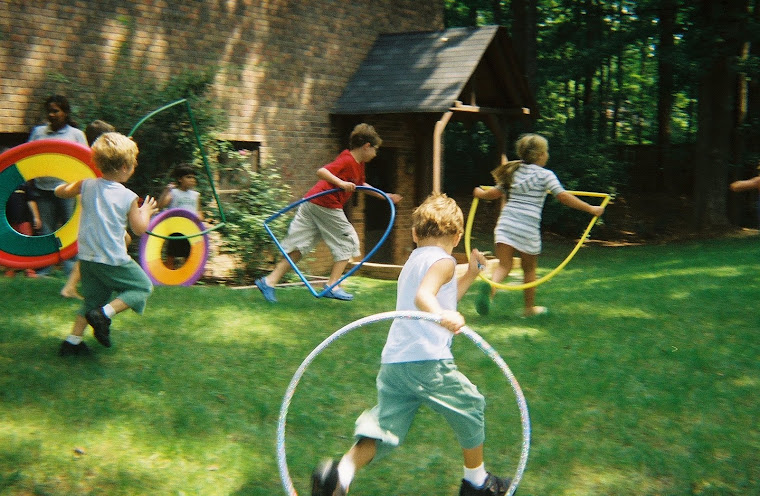BACK TO SCHOOL COPING SKILLS
How
to spot academic issues early.
Is
your child is some way “different” from his/her peers and does that difference
bother you? If you have a "feeling" seek an assessment or screening by a registered occupational therapist. HOW your child does something can be even MORE important than what they are doing!
How
to request services.
Simply
go into the principal’s office and ask…it is your RIGHT to ask for
services. There is a process, but
you can initiate it.
What
to ask for and when if you think your child is having concerns.
You
can ask for a psycho-educational evaluation. In fact parents have a lot of power, it is just that the schools are often not very forthcoming about this.
Keep in mind that reports from the "Student Support Team" are not a legal document. It is basically a "promise" that your child will be given "consideration as to possible needs".
Only an IEP or a 504 Form bind the school to specific actions.
What
is the difference between and Occupational Therapy Evaluation and Psychological
Evaluation?
A
psychological gives an IQ score and assess what the child has learned. An OT
evaluation looks at the way a child learns: visual/sensory/motor processing.
Handwriting
matters--the answer why it does.
Handwriting
is graphic motor skill that uses every sensory/motor pathway in the brain. WSJ
article 2011: “Handwriting Trains the Brain”. The WIN™ Write Incredibly NOW™ Program is sensory based and non-repetitive as so many of the standard programs are. (WIN™ is a registered trademark of Children's Special Services, LLC. The WIN™ Program is available through YourTHERAPYSource.com).
Homework
strategies AVOID power struggles
“Homework
Box” it organizes the “monster” and cleans out the book-bag!~~Ideas from "Learning Re-Enabled" , Elsevier/Mosby Books
Behavior--it's
not just about the kids.
Think
how are YOU responding to the ups and downs of your child’s school day? Parents of kids grade 3 and
up beware!—relationships turn on a dime—remember to let your kids work things out—coach
from a distance.
If you feel your child is "not working up to his potential".
Keep in mind that what you see 1-1 when you are working with your child may be VERY different than what he can do in a class of 20+ children. The pressures are different. But if you feel that the teacher is letting your child "slide by" then you may want to think about the following.
Start a "MY BEST" portfolio. In it DO NOT put HOMEWORK or previous class assignments. Put a drawing and/or a poem, a picture that shows a special interest. Let your child work on this over time. Let him (her) know that you want to show the teacher how wonderful they are.
And HIS optimum at school under peer and teacher stress may not be what you see when you are with him at home. But this is the goal he can reach for because it is not a teacher expectation, but something he is already capable of.
Sometimes
you need to talk to the teacher--how to handle that.
Go
with something written down, think this through at home first. Speak slowly and
respectfully, ASK Questions. Do not go in like gang-busters. But if you do not talk to the teacher
first, the principal will not talk to you unless you do. (State procedures--in most states)
And sometimes the teacher and/or the principal IS NOT RIGHT. Be tactful but clear. (No, his IEP does say...."...."helium and nitrogen do not make a compound"....."You did get a note today. I handed it to you about....."
Report card responses--the child and you.
The Homework Box (see "Learning Re-Enabled") should take the surprises out and prevent
Report Card Shock. But teachers
have email now and you can set up at the start of the year that you want to
know immediately if your child is not keeping up, not turning assignments,
etc., RIGHT AWAY!!
Most of all this is a temporary marriage between you, your child and the school so hone your negotiating skills, all of life is always give and take and keep your focus on where you want your child to be at the END of this school year.
©Children's
Special Services, LLC 2011 All
Rights Reserved May not copy without
